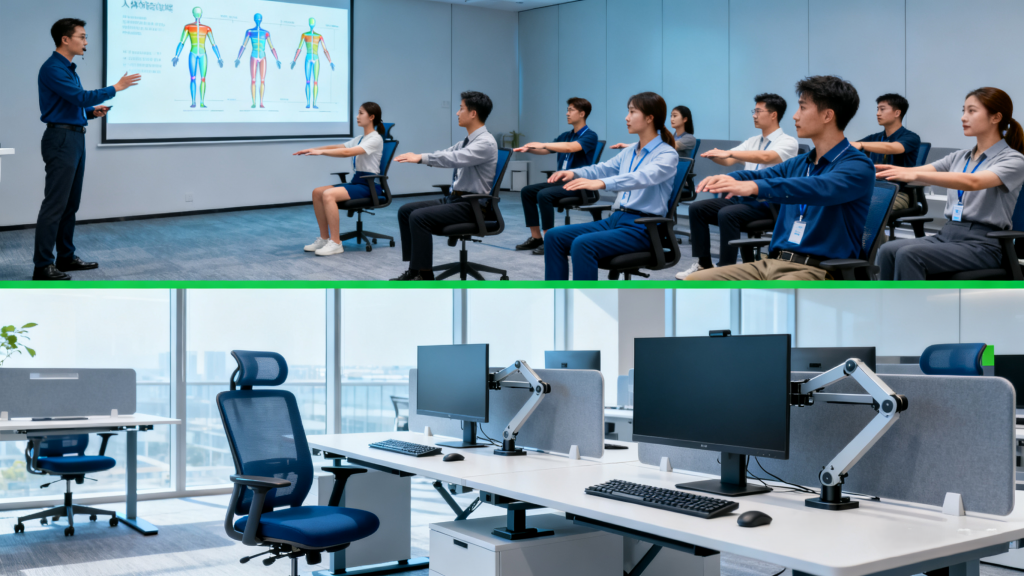FCI(Facilities Condition Index)是设施状况指数,这是一个用来评估建筑物及其系统当前状况的指标。它通过比较建筑物的维修和更新需求(即积压工作或待处理事项)与建筑物及其组成部分的当前替换价值(CRV)来计算得出。FCI的计算公式通常是:
FCI的计算原理

FCI=待维修和更新的总成本(Backlog)/ 设施的当前替换价值(Current Replacement Value, CRV)
- 待维修和更新的总成本(Backlog):指的是为了使设施恢复到良好状态所需的维修、更新和改进的总费用。
- 设施的当前替换价值(CRV):指的是按照当前市场价格,重新建造相同设施所需的成本。
这个指数的范围通常在0%到100%之间,较低的FCI值表示设施状况良好,而较高的值则表明设施存在较多的维修和更新需求,状况较差。FCI的值可以帮助设施管理者识别和优先处理那些最需要关注的设施问题。一个高的FCI值通常意味着设施的状况较差,需要更多的维护和投资。通过跟踪FCI,管理者可以制定有效的资本预算和设施更新计划,以确保设施的长期可持续性和性能。
根据FCI的值,可以将设施的状况划分为不同的等级,例如:
- 优秀(Superior):FCI值很低,设施几乎不需要维修。
- 良好(Adequate):FCI值较低,设施偶尔需要一些小的维修。
- 一般(Fair):FCI值适中,设施需要定期维修和更新。
- 较差(Limited):FCI值较高,设施存在大量的维修需求,且维修成本可能超过设施的剩余价值。
- 非常差(Emergent):FCI值极高,设施处于紧急维修状态,可能无法安全使用。
| Maintenance Condition Matrix | |||||
|---|---|---|---|---|---|
| Level | 1 | 2 | 3 | 4 | 5 |
| Description | Showpiece Facility | Comprehensive Stewardship | Managed Care | Reactive Management | Crisis Response |
| Customer Service and Response Time | Able to respond to virtually any type of service, immediate response. | Response to most service needs, including limited nonmaintenance activities, is typically in a week or less. | Services available only by reducing maintenance, with response times of 1 month or less | Services available only by reducing maintenance, with response times of 1 year or less. | Services not available unless directed from top administration; none provided except emergencies. |
| Customer Satisfaction | Proud of facilities, have a high level of trust for the facilities organization. | Satisfied with facilities related services, usually complimentary of facilities staff. | Accustomed to basic level of facilities care. Generally able to perform mission duties. Lack of pride in physical environment. | Generally critical of cost, responsiveness, and quality of facilities services. | Consistent customer ridicule, mistrust of facilities services. |
| Preventive vs. Corrective Maintenance | 100% | 75 – 99% | 50 – 74% | 25 – 49% | < 25% |
| Maintenance Mix | All recommended PMs are scheduled and performed on time. Reactive maintenance (e.g., spot relamping and adjusting door closers) is minimized to the unavoidable or economical. Emergencies (e.g., storms or power outages) are very infrequent and handled efficiently. | A well-developed PM program: most required PMs are done at a frequency slightly less than per defined schedule. Appreciable reactive maintenance required due to systems wearing out prematurely and high number of lamps burning out. Occasional emergencies caused by pump failures, cooling system failures, etc. | Reactive maintenance predominates due to systems failing to perform, especially during harsh seasonal peaks. An effort still made at PM: priority to schedule as time and manpower permit. The high number of emergencies (e.g., pump failures, heating and cooling system failures) causes reports to upper administration. | Worn out systems require manpower to be scheduled to react to systems that are performing poorly or not at all. Significant time spent procuring parts and services due to the high number of emergency situations with weekly reporting. PM work possible consists of simple tasks and is done inconsistently, e.g., filter changing, greasing and fan belt replacement, etc. | No PM performed due to more pressing problems. Reactive maintenance is a necessity due to worn out systems (e.g. doors won’t lock, fans lock up, HVAC systems fail). Good emergency response because of skills gained in reacting to frequent system failures (no status reporting, upper administration is tired of reading the reports). |
| Aesthetics, Interior | Like new finishes. | Clean/ crisp finishes. | Average finishes. | Dingy finishes. | Neglected finishes. |
| Aesthetics, Exterior | Windows, doors, trim, exterior walls are like new. | Watertight, good appearance of exterior cleaners. | Minor leaks and blemishes, average exterior appearance. | Somewhat drafty and leaky, rough looking exterior, extra painting necessary. | Inoperable windows, leaky windows, unpainted, cracked panes, significant air and water penetration, poor appearance overall. |
| Aesthetics, Lighting | Bright and clean, attractive lighting. | Bright and clean, attractive lighting. | Small percentage of lights out, generally well lit and clean. | Numerous lights out, some missing diffusers, secondary areas dark. | Dark, lots of shadows, bulbs and diffusers missing, cave-like, damaged, hardware missing. |
| Service Efficiency | Maintenance activities appear highly organized and focused. Typically, equipment and building components are fully functional and in excellent operating condition. Service and maintenance calls are responded to immediately. Buildings and equipment are routinely and regularly upgraded keeping them current with modern standards and usage. | Maintenance activities appear organized with direction. Equipment and building components are usually functional and in operating condition. Service and maintenance calls are responded to in a timely manner. Buildings and equipment are regularly upgraded keeping them current with modern standards and usage. | Maintenance activities appear to be somewhat organized, but remain people dependent. Equipment and building components are mostly functional, but suffer occasional breakdowns. Service and maintenance call response times are variable and sporadic, without apparent cause. Buildings and equipment are periodically upgraded to current standards and use, but not enough to control the effects of normal usage and deterioration. | Maintenance activities appear somewhat chaotic and are people dependent. Equipment and building components are frequently broken and inoperative. Service and maintenance calls are typically not responded to in a timely manner. Normal usage and deterioration continues unabated, making buildings and equipment inadequate to meet present use needs. | Maintenance activities appear chaotic and without direction. Equipment and building components are routinely broken and inoperative. Service and maintenance calls are never responded to in a timely manner. Normal usage and deterioration continues unabated, making buildings and equipment inadequate to meet present use needs. |
| Building Systems’ Reliability | Breakdown maintenance is rare and limited to vandalism and abuse repairs. | Breakdown maintenance is limited to system components short of mean time between failures (MTBF). | Building and systems components periodically or often fail. | Many systems unreliable. Constant need for repair. Backlog of repair needs exceeds resources. | Many systems nonfunctional. Repair only instituted for life safety issues. |
| Facility Maintenance Operating Budget as % of CRV | > 4.0 | 3.5 – 4.0 | 3.0 – 3.4 | 2.5 – 2.9 | <2.5 |
| Campus Average FCI | <0.05 | 0.05 – 0.15 | 0.16 – 0.29 | 0.30 – 0.49 | >=0.50 |
| PM = preventive maintenance. CRV = current replacement value. FCI is a standard measure of renovation cost as a percent of building replacement cost. It is used throughout the country and is recommended by both the National Association of College Business Officers (NACUBO) and the Association of Higher Education Facility Officers (APPA). |
|||||
表格内容出自美国教育部国家中心教育统计(National Center for Education Statistics)








